Acclimate to the Heat
Avoid participation in extensive physical exercises outside in the heat for the first two weeks. Gradually increase your exposure to the heat with increasing time, duration, and intensity of exercise over the course of 14 days. Do not include any days where the exercise was inside in a cool environment or you did not spend time exercising in the heat.

Ensure the Hike Level is Appropriate
The first two or three hikes should be at a beginner level regardless of your skill or fitness.


Hydrate
Ensure that you are hydrated before, during, and after each hike. In the dry, arid desert, a good rule of thumb is to drink ½ of one quart/liter to one quart/liter of liquid per hour to avoid severe dehydration. The volume of liquid to be drunk depends on how much you sweat. Do not overhydrate. Drinking throughout each hour is recommended rather than drinking a lot at once.


Wear Loose, Moisture-Wicking Clothes
Hikers must wear clothing made of a fabric that is loose, moisture-wicking, and “breathes,” like cotton.


Sleep
Sleep at least 6-8 hours every night, preferably under comfortable and cool conditions. Two or more nights in a row of inadequate sleep is dangerous, especially if the desert hike will take more than one day.


Determine the Wet Bulb Globe Temperature (WBGT)
Must be <89ºF (31.7ºC) in order to begin the hike or <85ºF (29.5ºC) if the hike is considered to be difficult. This is different from a simple temperature assessment. There are consumer handheld devices to measure the WBGT. If other heat-illness related factors are present, consider hiking only when the WBGT is at even lower levels.


Ensure Adequate Rest to Work Cycles
This is one of the primary modes to prevent exertional heat illness. Even if you are in good shape and no other risk factors exist (inadequate sleep, poor physical fitness, etc.), there should be an allotted rest period (in the shade preferably). For example, if the WBGT is 83°F (28.3°C ), allot 20 minutes of rest for every 40 minutes of exercise. The length and frequency of rest breaks should be based on the intensity of activity and the environmental conditions (WBGT). Increasing intensity and more adverse environmental conditions should warrant extended and additional break periods.


Avoid Mid-Day Hiking
If there is an urgent need to hike mid-day, at a minimum, greatly extend the length and frequency of the rest periods (in the shade) during the hottest part of the day.


Prepare for Medical Emergencies
There should be at least one person who is trained in medical assistance, particularly in the treatment and care of heat-related illness. Bring a portable tent or bed sheet to create shelter from the sun when there isn’t any other shelter.


Insist on Safety
Not feeling well? Say something. You must feel comfortable notifying the leader if you feel ill or need to rest. Look out for your fellow hiker. Hiking should be fun and safe. Sometimes that means ending early to ensure the safety of all hikers. Do not let yourself be bullied into doing anything you no longer feel is safe.
